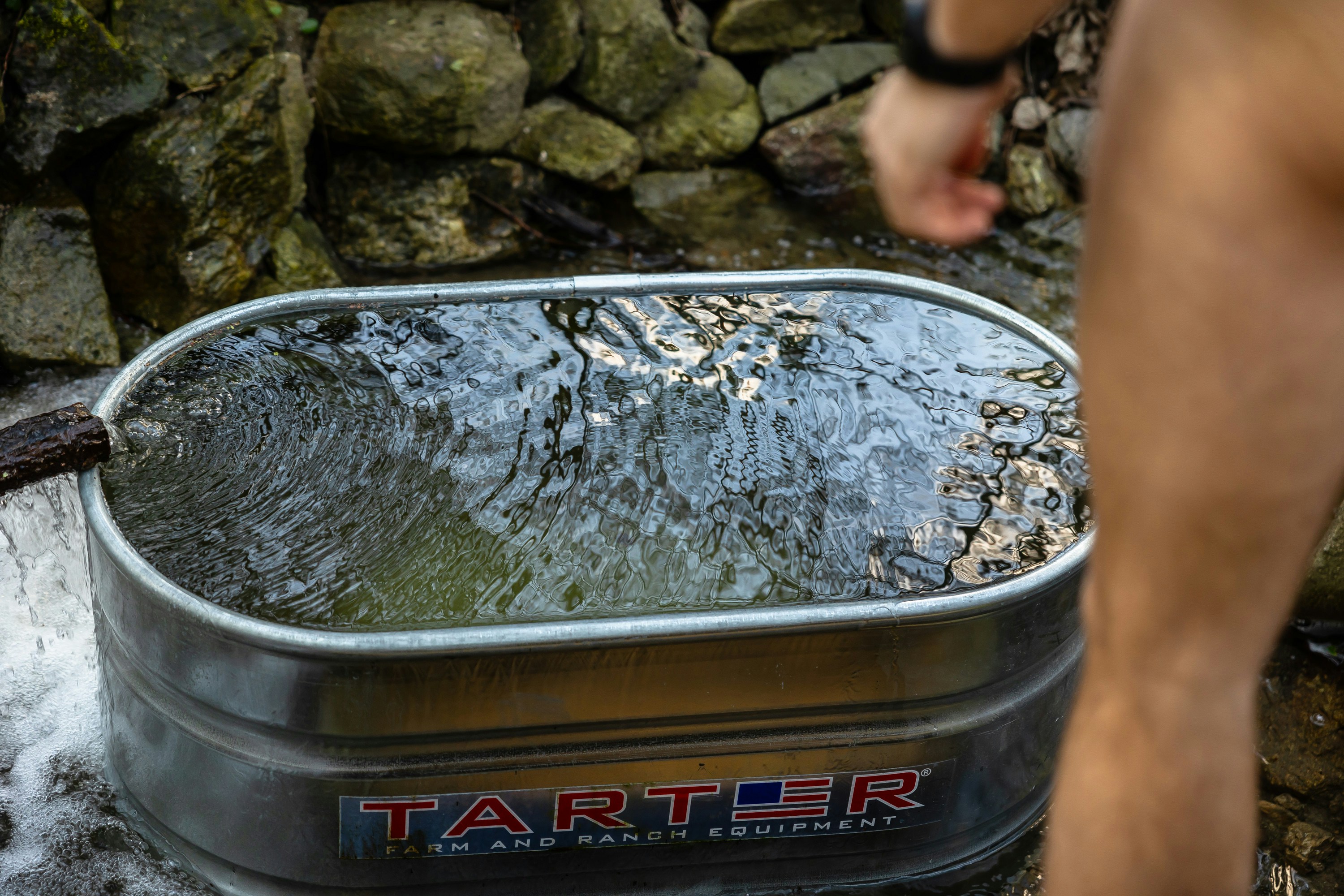Welcome to a detailed guide on understanding the different types of cold plunge equipment. Whether you’re a seasoned athlete looking to enhance your recovery routine or simply curious about the benefits of cold therapy, this article will provide you with valuable insights on the various options available in the market. From traditional ice baths to modern cryotherapy chambers, we’ll explore the features, benefits, and considerations of each type of cold plunge equipment to help you make an informed decision for your healing and wellness journey. Get ready to dive into the world of cold therapy and discover the best option that suits your needs.
Have you ever wondered about the different types of cold plunge equipment available?
Have you ever wondered about the different types of cold plunge equipment available? If you’re considering incorporating cold plunges into your routine for recovery or health benefits, it’s essential to understand the various options out there. In this article, we’ll explore the different types of cold plunge equipment, including ice baths, cryotherapy chambers, and cold plunge pools.
Ice Baths
Ice baths are one of the most traditional forms of cold plunge equipment. They involve filling a tub or pool with cold water and adding ice to lower the temperature. Athletes, particularly runners and endurance athletes, often use ice baths to help with recovery after intense training sessions or competitions. The cold water causes blood vessels to constrict, reducing swelling and inflammation in the muscles.
Ice baths are relatively easy to set up at home, requiring nothing more than a tub, water, and ice. However, maintaining the temperature and ensuring an even distribution of cold throughout the water can be a challenge. Some people also find it uncomfortable to sit in ice-cold water for an extended period of time.
Cryotherapy Chambers
Cryotherapy chambers are another popular form of cold plunge equipment, especially among athletes and those seeking quick recovery benefits. These chambers use liquid nitrogen or refrigerated cold air to cool the air inside the chamber to temperatures below -100 degrees Fahrenheit. Users typically stand inside the chamber wearing minimal clothing or protective gear, exposing their body to the extreme cold for a few minutes.
Cryotherapy chambers are said to offer faster and more intense cooling effects compared to ice baths. However, they can be expensive to use, with a single session costing anywhere from $50 to $100. Additionally, some people may find the extreme cold temperatures uncomfortable or even unbearable.
Cold Plunge Pools
Cold plunge pools are a more permanent and customizable option for cold plunge equipment. These pools are typically installed as standalone units or part of a larger hydrotherapy system. Cold plunge pools allow you to control the temperature and depth of the water, making them suitable for a variety of needs and preferences.
Cold plunge pools come in various sizes, from compact individual units to larger communal pools. Some models may include features like hydrotherapy jets or water jets for added benefits. While cold plunge pools require a more significant investment upfront, they offer long-term convenience and customization options for those looking to incorporate cold plunges into their routine regularly.
Comparing the Different Types of Cold Plunge Equipment
Let’s break down the pros and cons of each type of cold plunge equipment to help you make an informed decision on what will work best for your needs:
| Ice Baths | Cryotherapy Chambers | Cold Plunge Pools | |
|---|---|---|---|
| Cost | Low cost, easy to set up at home | Expensive, typically requires a session fee | Higher upfront cost, long-term convenience |
| Temperature Control | Requires frequent ice replenishing | Controlled extreme cold temperatures | Adjustable temperature and depth |
| Portability | Limited by tub or pool size | Standalone unit, usually requires a facility | Permanent installation, various sizes |
| User Comfort | Some find it uncomfortable to sit in ice-cold water | Some may find extreme cold temperatures uncomfortable | Customizable options for comfort |
Based on your preferences, budget, and space constraints, you can choose the type of cold plunge equipment that best suits your needs. Whether you opt for the simplicity of an ice bath, the intensity of a cryotherapy chamber, or the versatility of a cold plunge pool, incorporating cold plunges into your routine can provide numerous benefits for your overall health and recovery.

Tips for Using Cold Plunge Equipment
When using cold plunge equipment, whether at home or a facility, it’s essential to follow some best practices to ensure safety and effectiveness:
- Gradually introduce your body to the cold temperature, starting with shorter durations or less intense cooling.
- Stay hydrated before and after your cold plunge to support your body’s recovery and thermoregulation.
- Avoid using cold plunge equipment immediately after intense exercise or when your body is overheated to prevent shock.
- Listen to your body and how it responds to the cold temperature, adjusting accordingly to avoid discomfort or injury.
By following these tips and being mindful of your body’s reactions, you can maximize the benefits of using cold plunge equipment for recovery, performance, and overall well-being.

Final Thoughts
As you explore the different types of cold plunge equipment available, remember to consider your preferences, budget, and space constraints when choosing the best option for your needs. Whether you prefer the simplicity of an ice bath, the intensity of a cryotherapy chamber, or the customization of a cold plunge pool, incorporating cold plunges into your routine can offer numerous benefits for your health and recovery.
If you have any questions or would like more information on cold plunge equipment, feel free to reach out to a professional or facility specializing in cold therapy. Remember to listen to your body and adjust your cold plunge routine as needed to maximize the benefits while staying safe and comfortable.




